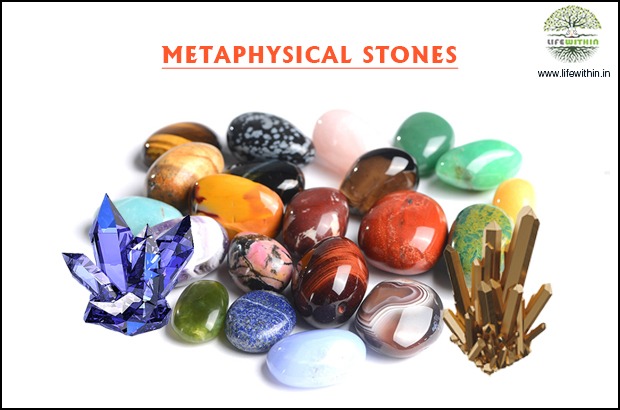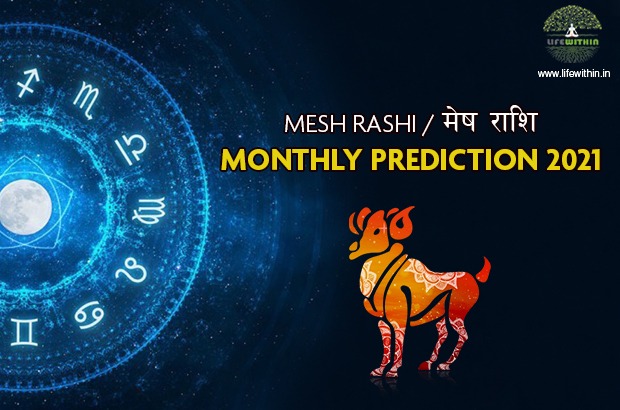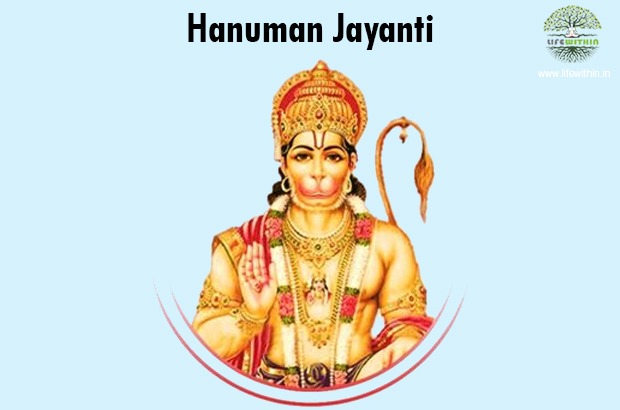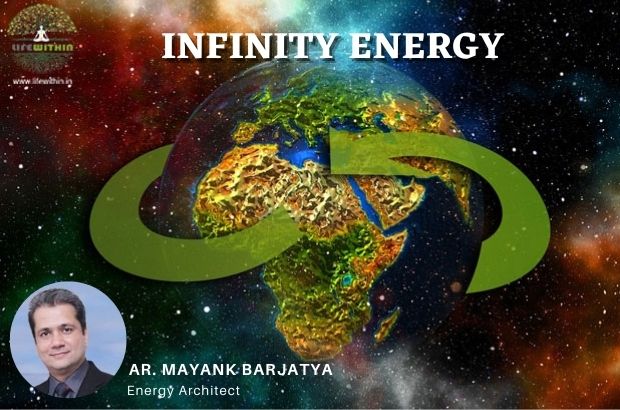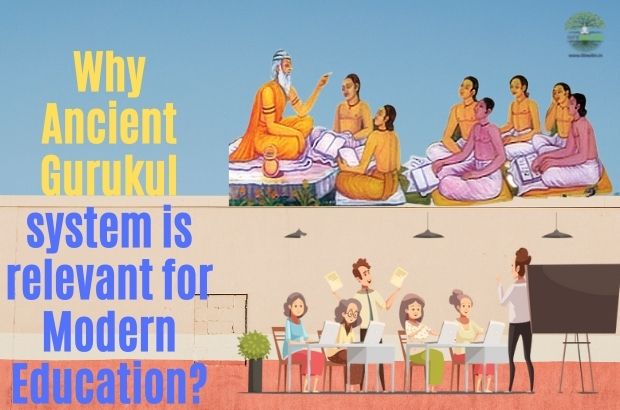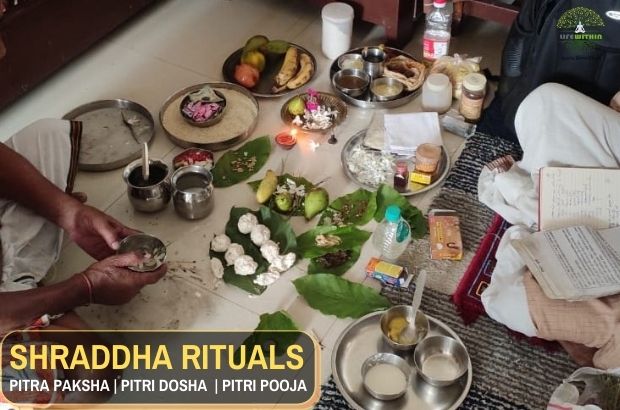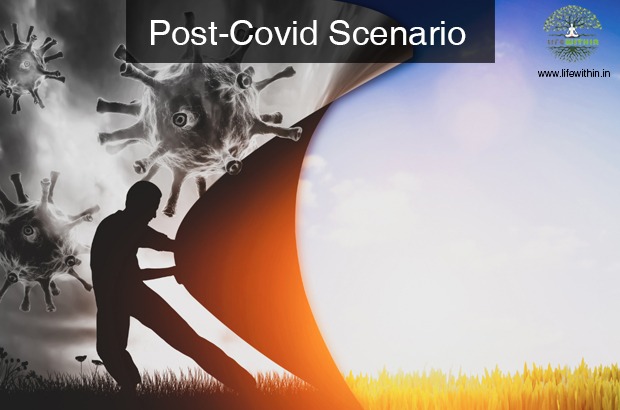Five Elements and Mega Festival of Deepaavali | Dr. Surendra Kapoor
This festival of Deepaavali has also religious importance for Hindus, Jains and Sikhs. It has astrological, astronomical...
- by Dr Surendra Kapoor
- Nov 02, 2021
- 2045 views

Five Elements and Mega Festival of Deepaavali
Throughout
the period of human history, man has found solace in festivities in his course
of struggle for existence and drudgery of life. This is true to all the places
on earth, all the societies and all the religions. The change in natural
factors influences human mind—after the summer comes the rainy season, then
follows autumn, and winter. The winter bids adieu at the onset of the king of
the seasons, the Spring. The human civilization throughout the ages in
different parts of globe has found out the means to enjoy through festivals.
But
never for a moment can we forget that every festival is associated with
religious observance and rites and rituals. This festival of Deepaavali has
also religious importance for Hindus, Jains and Sikhs. It has astrological,
astronomical and geographical importance too.
This
is the time when the temperature of the earth starts to go down slowly and
gradually and during the period Kartik Amavasya (moonless night of November.)
the sun and the moon stay at the Constellation of Libra (Tula Rashi).
- This festival of lights is
associated with the emergence of goddess Mahalakshi on this day during the
churning of the ocean by the gods and demons. The appearance of goddess
Lakshmi means she came to the earth to shower goodwill, wealth and
prosperity on the human race. This is why this day is observed as the
birth day of goddess Lakshmi and a special puja is arranged in every Hindu
house across the globe where Hindus live.
- This day of Deepaavali has a
Puranic importance. According to the Purana the first emperor and
law-giver on Earth is emperor Prithu who founded a vast empire,
established law and order, enacted new laws for the betterment of the
people and exploited and explored the whole earth on this day of Kartik
Amavasya and as a result the earth was filled with abundance of crops,
trees, wealth of various kinds etc.
- Another factor for the
observance of Deepaavali is that Lord Vishnu on this very day released
goddess Lakshmi from the clutches of king Bali the great demon emperor
famous for this munificence. King Bali by dint of his penance became
ageless and immortal and defeated Indra and other gods and took possession
of all the wealth of the heaven along with goddess Lakshmi. In fact,
Vishnu assumed the form of a dwarf (Fifth Incarnation) and resorting to
deception pushed emperor Bali into the nether world (Rasaatal) with one
foot. Thus the heaven was also freed from the control of the demons and
goddess Lakshmi was restored to her abode in heaven and the gods worshipped
her on this day.
- In the Ramayana we have read
that after fourteen years of self-exile, on this very day Rama along with
Sita and Lakshmana and his retinue entered the city of Ayodhya after
defeating Ravana the king of Lanka. Hearing the arrival of Rama after 14
years the citizens of Ayodhya decorated the whole of the city with lamps
and lights and greeted them. Sage Vasishtha the royal priest also without
wasting a moment performed the coronation ceremony of Rama and declared
him the king of Ayodhya. So the day of foundation of Ramrajya was the day
of Deepaavali which is observed with festivities.
- In
the Purana it is mentioned that on the day of Chaturdashi i.e. one day
prior to Deepaavali lord Krishna killed the demon king Narakasur who
perpetuated a kingdom of oppression and torture. So this day is also
observed as minor or Chhoti Deepavali and the main Deepaavali is observed
the next day commemorating the defeat of Narakasur by Krishna.
- In the Mahabharata the great poet Vyasadev has written that the
Pandavas after 12 long years of exile and one-year period of living
incognito returned to Hastinapur the Capital on this day and the subjects
in favour of the Pandavas greeted them by lighting lamps in different
places. This may be one of the causes of observing Deepaavali.
- It is strongly believed that emperor Vikramaditya’s victory is
celebrated through festivities on this day. The people of the country
greeted his victory by lighting lamps throughout the kingdom.
- Maharshi Dayananda Saraswati the great founder of Arya Samaj,
breathed his last on this day of Kartik Amavasya and the Arya Samaj
observers this day as the day of Nirvana of Maharshi Dayananda Saraswati.
- The Jainas also observe this day as the day of Nirvana of the 24th
Tirthankar Sri Mahavir Swami. He was the founder of the modern Jaina
philosophy. So the Jainas observe this day commemorating the 24th
Tirthankar.
- The third Sikh Guru Amardas founded Gurudwara on the day of
Deepaavali. So the Sikhs on this day converge on the Gurudwaras to get the
blessings of their Guru. It is important to note that in 1577 A.D. the
lamp in the Golden Temple of Amritsar was extinguished on this very day of
Deepaavali till 1619 A.D. Only after the Sixth Sikh Guru Hargovind
defeated the Mughal emperor Jahangir and captured the Gowalior fort and
freed 52 other kings, the Deepaavali ceremony was restored in that
year.
It may be
noted here that the festival of lights in Tamil Nadu is called ‘Kartigai
Deepam’ or the lamp of the month of Kartik. It starts on the 1st day of Kartik
and ends on the Kartik Sankranti day. So the observance of this day as the
festival of lights is an age-old tradition and various factors of various ages
of various religions merged together to make it emerge as one of the main
festivals of India throughout the country.


